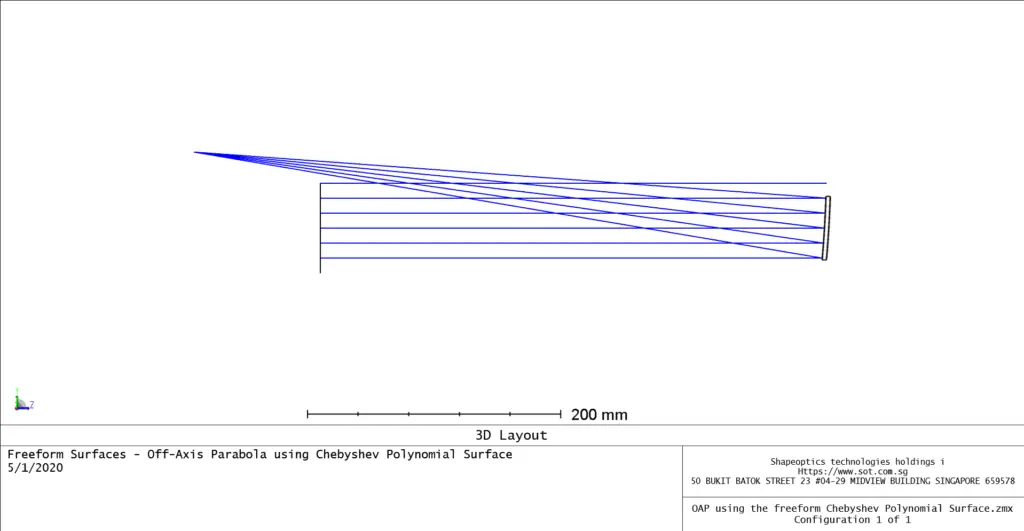OpticStudio provides a number of tools for the design of freeform optics in both Sequential and Non-Sequential modes. In this article, we’ll provide 20 such surfaces that are currently supported in Sequential mode.
Filtering capabilities are provided in the Lens Data Editor to help you find the right surface quickly. When you want to see the freeform surface types available in OpticStudio, simply select the Freeform radio button to see the more than 20 surfaces included in this group. If an Even Asphere or Q-Type will suit your application, select “Conventional” surfaces to see the most common surface types.

The full list of freeform surfaces includes surfaces represented by polynomial descriptions, diffractive surfaces based on polynomials, and surfaces that are fit from control points.
Polynomial Freeform Surfaces
- Biconic Zernike
- Chebyshev Polynomial
- Cylinder Fresnel
- Extended Fresnel
- Generalized Fresnel
- Odd Asphere and Extended Odd Asphere
- Polynomial and Extended Polynomial
- Superconic
- Zernike Annular Standard Sag
- Zernike Fringe Sag
- Zernike Standard Sag
Diffractive Freeform Surfaces
- Elliptical Grating 1 and Elliptical Grating 2
- Toroidal Grating and Extended Toroidal Grating
Freeform Fits to Control Points
- Cubic Spline and Extended Cubic Spline
- Grid Gradient
- Grid Sag
- Radial NURBS
- Toroidal NURBS
References
1. M. Tricard and D. Bajuk, “Practical Examples of FreeForm Optics,” in Renewable Energy and the Environment, OSA Technical Digest (online) (Optical Society of America, 2013), paper FT3B.2.
Keywords: Sequential Ray Tracing, Optimization, Freeform optics, Off-axis parabola, Chebyshev polynomial surface, List of freeform surfaces, Surface type filtering tool
Reference Source: https://www.zemax.com/




